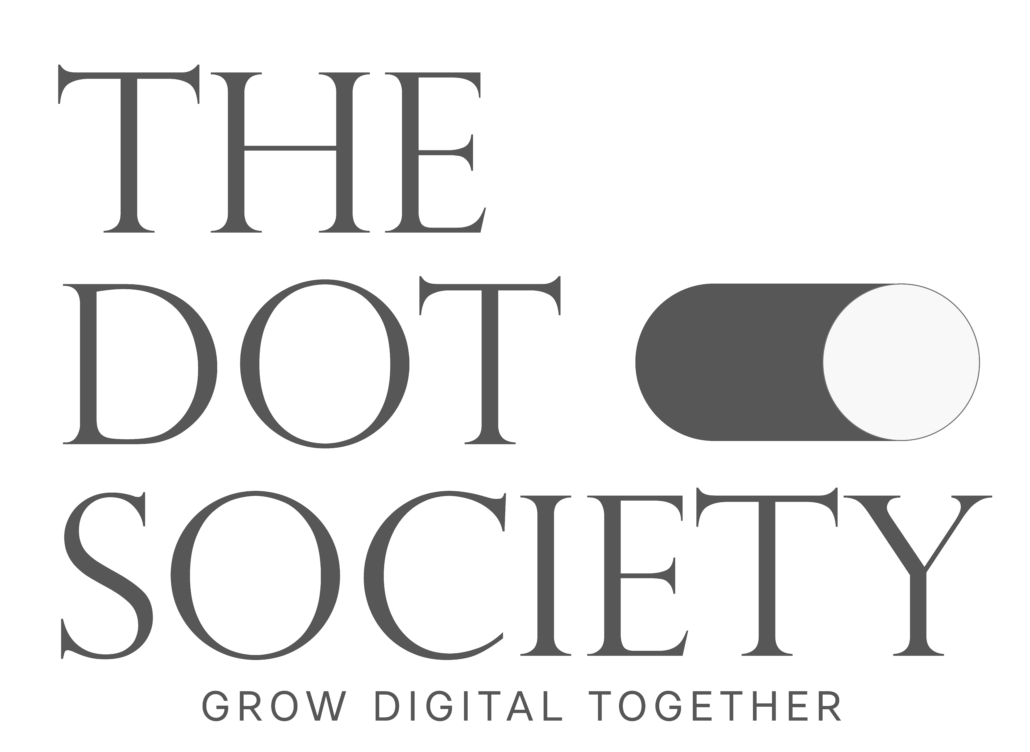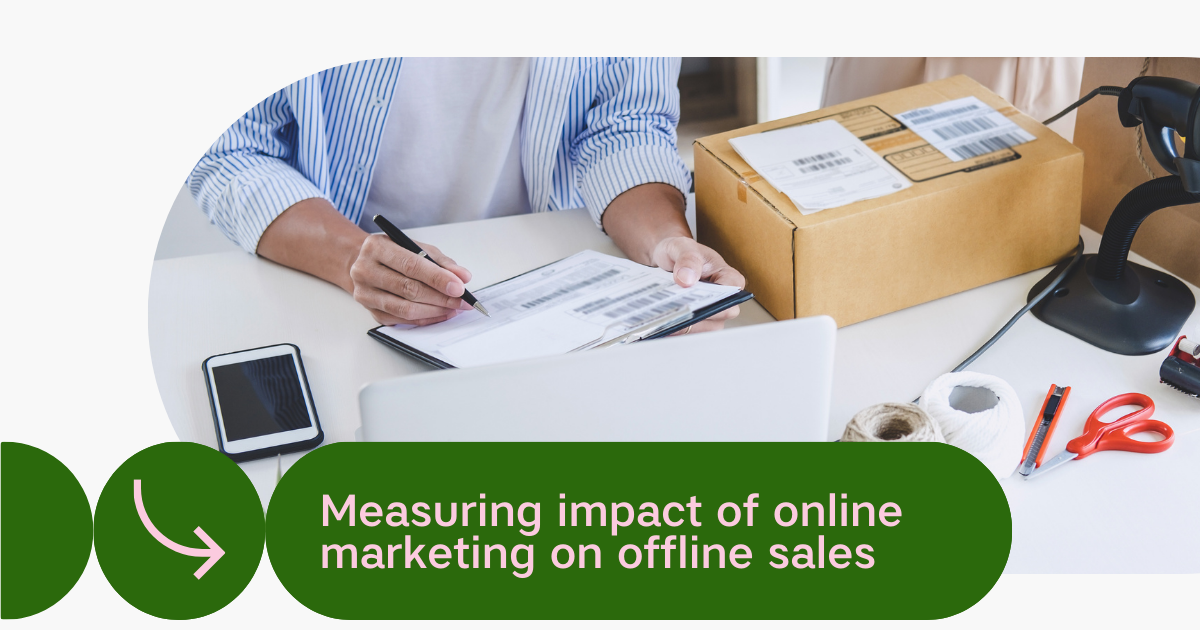The fact that both the Belgian and international e-commerce markets continue to grow strongly is perhaps no surprise. Nevertheless, the majority (64%) of all retail purchases still take place in physical shops. In the luxury sector, this figure is even significantly higher. As much as 85% of all luxury purchases occur offline. The main reasons are the physical shopping experience and the opportunity to try out the product.
It is important to recognize that online channels have an impact on offline channels and vice versa. In fact, the two constantly intertwine. As a strategic partner, we support our clients in this omnichannel approach. In this article, we would like to explain how we try to make an impact on the offline bottom line of Verso, a well-known player in the luxury fashion industry, using online marketing tactics.
Consumer acquisition and retention through social media campaigns
To drive offline traffic and sales, we tactically deploy several campaigns. First, research shows that consumers often “window shop” online and find inspiration before proceeding to purchase a luxury product in a physical shop. This phenomenon is the ROPO effect: “Research online, Purchase Offline”. To capitalise on this, it is important to highlight certain items from the Verso collection through campaigns to the right target group, at the right time and with the right content, and continuously raise general top-of-mind awareness. By using purposeful call to actions such as “discover the new collection in-store”, we try to give consumers the final push towards the shop, and boost visit and purchase frequency.
To remove as many barriers as possible and make it as easy as possible for consumers, we launch local ads in a limited radius around the shop, in which we directly include directions to the shop. Opening hours can also be shown here.

Besides the regular collection and local campaigns, we launch leadgen campaigns at tactical moments with the aim of attracting new, qualitative leads to the database. Specifically, we encourage them to subscribe by incorporating a certain incentive (such as pre-access to a promotion). These campaigns are valuable for Verso as more than 35% of the current subscriber database is collected via this way. Moreover, we can attract a much higher volume of new customers through these online campaigns than would be possible through offline only.
Being found through SEA, SEO and Google My Business
It is important to be where “warm” (ready to buy) consumers are looking for you. With SEO, you can increase your reach through search engines like Google at no cost. Since SEO is more of a long-term strategy and its results are not visible overnight, it is relevant to complement this with SEA, paid search results. For example, for Verso, we buy top-priority keywords that show a combination of a brand + city. Consumers are clearly looking for a particular item in a particular region, and Verso needs to show that it offers it. Moreover, by referring directly to the shop location in the ads, we make the customer journey as lean as possible. Finally, join us in working with Google My Business to improve your local SEO and visibility. You will be more likely to show up when someone searches in Google Maps for a nearby business. Find out more in this article.
Direct bottom-line impact through email campaigns and marketing automation
A large database, of engaged customers, is long-term gold. Important to get as much out of this as possible, also offline. For Verso, we developed an email strategy consisting of general email campaigns (newsletters) and integrated flows. Data shows that 7% of offline sales are driven by these campaigns and flows. For your information, online this is currently as high as 36%. Using learnings and best practices, we thus succeed in making a clear impact on the bottom line.
To measure is to know
Data underpins everything we do at The Dot Society. For us, it is essential to make the impact of all online marketing efforts on the physical shop tangible. So how do we measure this concretely?
First, by integrating online and offline customer data, we map the entire customer journey. For instance, by integrating the email platform with the POS system, we know with 100% certainty the impact of our email campaigns on shop sales. We also include vouchers in certain campaigns that can be used in-store, and whose effect we can measure on a one-to-one basis. Finally, by not only focusing on sales, but also “soft” goals such as a click on directions to the shop, we gain insight into other, also valuable campaign results.
Do you want to use online marketing to make more of an impact on your offline sales? The Dotters would love to hear from you!
This post is also available in: Dutch




